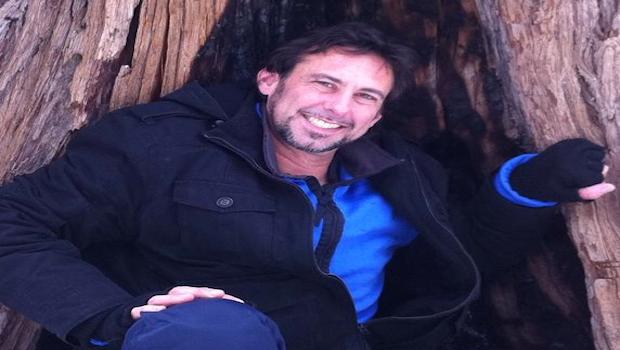There’s no doubt that content creation and content marketing will play an integral role in the marketing strategies of most brands in 2014, but what you probably didn’t know is that content curation can be an equally successful venture. If you’re struggling with creating original, unique, or shareable content, then content curation can be a perfect alternative.
With these great tips from Oliver Starr, Chief Evangelist for Pearltrees and one of the earliest contributors to Techcrunch, you’ll be well on your way to becoming a content-curating master. I recently sat down with Oliver to find out what exactly “content curation” entails, what the best practices are, and what he recommends for running successful content marketing campaigns in 2014.
What is content curation and how can it be used for content marketing?
Content curation is the selection, organization, and presentation of material, in a thoughtful and artistic way such that all elements of what’s chosen and presented are intended to make a particular impression. Whether your objective is to show a beautiful collection of related objects such as purses displayed in a Louis Vuitton shop, or the work of a particular artist in a gallery, the basic steps are the same—from a large body of material, choose those items that best represent the theme, topic, or idea you are trying to get across.
If you are using curation to market content it’s still pretty much the same concept. Find material that’s germane to your area of interest, organize it in a way such that the sum is greater than the whole of the parts, and use it to help support your marketing efforts. It’s still going to take some time and some thought but it’s far faster and easier than creating all of your content by yourself. In addition, you’ll benefit by taking advantage of the expertise of others. Just be sure to give credit where credit is due—provide links to the locations where other great content you’ve discovered can be found and make sure you acknowledge the authors of any material you use. Keep in mind that you don’t just have to curate articles—you can curate brand new content by becoming a curator of great writers. If you’ve got good traffic you’ll have the opportunity to invite guest writers to post—adding depth and breadth to the material on your site.
What are some examples of it in practice?
There are many examples of people aggregating and organizing great information to help increase the value of their brand or domain. If you sell tools for example, a great list of do-it-yourself projects is going to be popular. If your area is self publishing, curating short stories that have been well received might be a way for you to attract and engage readers, especially if you offer to publish their stories in the future.
On Pearltrees, I’ve recently seen a couple of clever new ways that content curation can be a powerful way to market your own material—one user curates movie trailers to build a huge following. Every day he organizes half a dozen to a dozen new titles and adds them to his list of movies he thinks you should see. Over the past three or four months, I’ve seen his traffic really increase as people find he’s a great source of ideas for films that they should check out, or ones they missed when they were in theaters. Another interesting case I noticed recently is a user that has a store on Zazzle.com—she’s been using her Pearltrees account to highlight themed areas of her store. I think this is a really interesting approach—it’s a little like the way people use Pinterest, but because Pearltrees supports much more fine-tuned organization, it allows her to create a truly engaging shopping experience with as many niche-oriented subcategories as she wants.
What tips would you give?
As a curator I think the most important thing to do is keep things interesting. If you find what you’ve put together boring, most likely everyone else will too. When I curate I do so first and foremost for myself. Secondly, be fearless at editing your collections. A great curated collection is not one that has everything, but one that has been honed to a fine edge—the idea is to choose what’s best, freshest, most exciting, most interesting—people have limited time and patience. Keep them engaged by choosing only the best stuff and they’ll keep coming back for more.
Also, don’t forget that you still have to get the word out. Don’t assume that just because you curate something that people will come. You’re still going to have to use every tool at your disposal to get traffic. If you’ve done a good job with curating your material though, your traffic will stick, they’ll share your content, and over time you’ll build up a real following.
Finally, don’t limit yourself to just one tool. Get familiar with all the curation products available to you and become adept at more than one. Even though I work for Pearltrees, I always spend time playing with other services. It keeps me fresh, gives me ideas, lets me understand how others are thinking about curation, and allows me to discover great new content, which, after all, is what curating—and visiting the content others have curated for you—is all about.
Featured Image Credit: Thanya Starr





